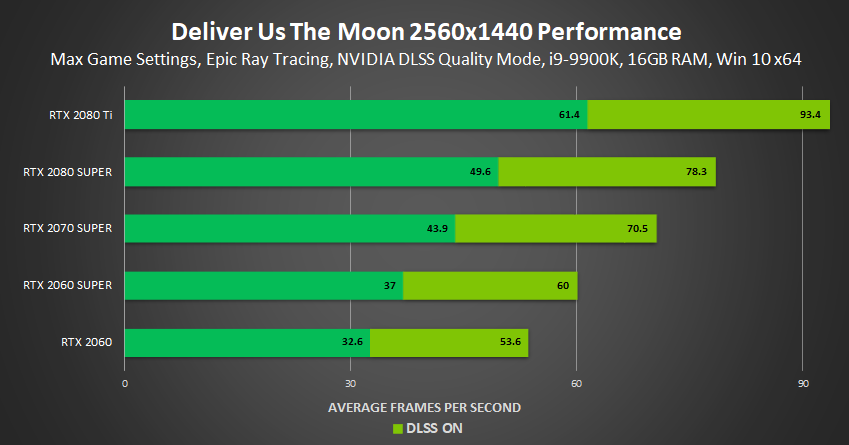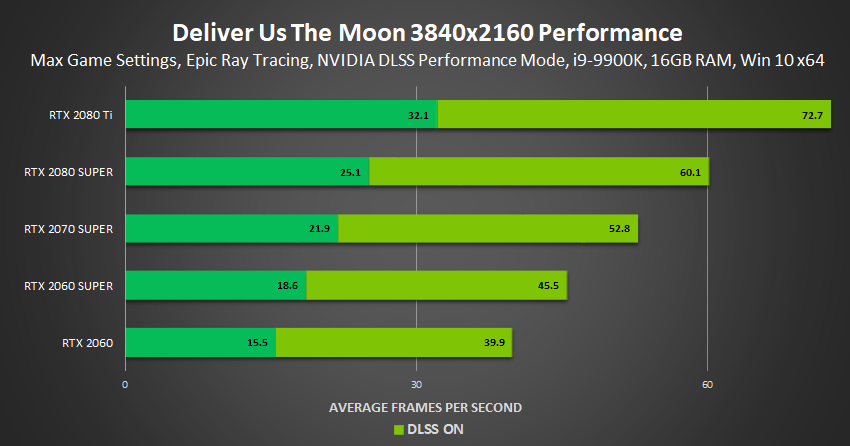Definitely agreed on detail versus easy spotting. I played through the Halo remake campaign, easily the most familiar single player "campaign" to me, and immediately noticed how much harder to see the detailed grunts were in the suddenly added long grass versus the old, original graphics.
But that's more of an art style consideration than one directly tied to programming. As for programming, the idea that "edges should be blurred" is kind of a coincidence, or rather it has deeper causes for why it might look better to blur edges in some cases. All rendering is aliased from quantization, but with mip maps many "inner" surfaces have their own AA, while edges don't have a precalculated way to do that. Blurring though is just a very, very crude approximation. Truth is temporal AA is more of a "correct" idea, as it'll get you supersampled results, the one you "want" that a camera and eye sees. Trouble there is the reprojection is always some manner of incorrect unless you have a completely static scene and camera, and results in unwanted blur as it is.
As for texture space shading, this would be more correct by necessity. You need to oversample to get a "correct" camera like image, even MSAA is incorrect, as it will not correctly account for shader aliasing. That being said I still feel like there's more artists, and players, might want to do other than just having texture shading supersampling even if it is relatively "cheap" and straightforward in some pipelines. 60fps gets you a smoother look and better temporal aa, higher resolutions as it is get you cleaner images all around including on bothersome edges, etc. etc. Personally "
shader based mip supersampling" is a very useful blog post showing a straightforward, cheap, correction for mipmapping that gets you sharper texture results closer to that "camera" target as is.


